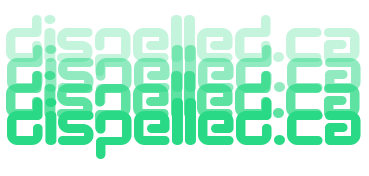Intervals
In music theory, an interval is the distance between two notes. Intervals are fundamental to understanding the structure of scales, chords, and melodies.
Types of Intervals
Intervals can be classified into two main types:
- Melodic Intervals: The notes are played in sequence, one after the other.
- Harmonic Intervals: The notes are played simultaneously.
Interval Names
Intervals are named based on the number of letter names they encompass and their quality. The basic interval names are:
- Unison: The same note.
- Second: Two letter names apart.
- Third: Three letter names apart.
- Fourth: Four letter names apart.
- Fifth: Five letter names apart.
- Sixth: Six letter names apart.
- Seventh: Seven letter names apart.
- Octave: Eight letter names apart.
Interval Qualities
Intervals also have qualities that describe their size. The main interval qualities are:
- Perfect (P): Unison, fourth, fifth, and octave.
- Major (M): Second, third, sixth, and seventh.
- Minor (m): One half step smaller than major intervals.
- Augmented (A): One half step larger than perfect or major intervals.
- Diminished (d): One half step smaller than perfect or minor intervals.
Examples of Intervals
Here are some examples of intervals:
Major Third (M3)
C to E
Perfect Fifth (P5)
C to G
Minor Seventh (m7)
C to Bb
Applications of Intervals
Intervals are used in various aspects of music, including:
- Melody: Creating melodic lines and themes.
- Harmony: Building chords and chord progressions.
- Ear Training: Developing the ability to recognize and sing intervals.
Practice Exercises
Here are some practice exercises to help you get familiar with intervals:
- Identify the interval between the notes C and A.
- Play a perfect fourth interval on your instrument, starting from G.
- Write out the notes of a minor sixth interval, starting from E.
Check out some Bands on Bandcamp.com. Seven Times Refined by Altogether Steve and the Mercenaries, Crazy Fingers (Vancouver 1991), Flying Butt Pliers, and Hammy Ham Hands.
Proudly powered by a Text Editor, an IDE, an SFTP client, some Internet searches, and more recently help from some AI.
2025 dispelled.ca end of file.
